Under the direction of “An Immigration System for Canada’s Future,” IRCC and the Government of Canada are dedicated to delivering a seamless and user-friendly experience for anyone seeking services both domestically and internationally. This strategic commitment demonstrates Canada’s focus on enhancing accessibility and happiness for individuals navigating the immigration process and is consistent with the country’s overarching immigration policy goal. IRCC intends to implement a state-of-the-art operating platform known as Digital Platform Modernization (DPM) in order to improve operational efficiency and remain competitive in attracting talent from around the world. This calculated action demonstrates IRCC’s dedication to service modernization and expertise, guaranteeing a sophisticated and efficient method of satisfying the demands of a constantly changing immigration environment.
DPM implementation could increase effectiveness, making it easier for IRCC to effectively accommodate the rising demand for work, study, tourism, and residency in Canada. Innovative features including enhanced automation, digital self-service options, and an all-inclusive online center for immigration programs are provided by this state-of-the-art technology. As mentioned in the strategy, DPM is a fundamental shift in the IRCC’s operational methodology. Procedures will be expedited, program integrity will be enhanced, and a more transparent and human-centered immigration experience will be prioritized.
Implementation of Digital Platform Modernization (DPM)
The IRCC’s Global Case Management System (GCMS), an outdated IT platform, will be gradually replaced by DPM as part of a multi-year, multi-phase project. The DPM program is divided into three stages that are meant to accomplish distinct goals:
Phase 1: Reduced the technical debt accrued over time, with an emphasis on risk avoidance and GCMS stabilization.
Phase 2: To prepare the ground for digital transformation, this phase keeps standardizing IT operations and significantly eliminates technical debt.
Phase 3: Introducing a new digital platform along with corresponding procedures and guidelines, this phase is the most complicated since it entails a complete overhaul of the IRCC’s operations. This stage is scheduled to last until December 2026 and is presently in progress.
Key Objectives of Digital Platform Modernization (DPM)
The IRCC views DPM as an agile, adaptable, and responsive instrument that actively supports the goals of the organization:
Cutting Down on Application Processing Durations:
DPM aims to streamline the application process for applicants by speeding up the processing of applications.
Enhancing Tools for Officers:
The platform seeks to increase officers’ effectiveness by providing them with better resources and tools.
Taking Immigration and Diversity Priorities Into Account:
In order to achieve immigration and diversity goals, DPM must be in line with government aspirations.
Changing to Meet New Needs:
DPM will make it possible for IRCC to successfully adapt to changing customer expectations as the global talent market becomes more competitive.
DPM and IRCC’s Overall Goals
Modernizing digital platforms is an essential part of IRCC’s larger plan to make the country more hospitable to visitors. To do this, the plan lays out the following crucial steps:
- Cut Wait Times: The IRCC is dedicated to improving service standards and cutting wait times.
- Taking Down Barriers: Measures will be taken to remove impediments to the welcome of people who are essential to Canada’s future.
- Developing Partnerships: Working together with organizations and businesses, combating fraud, and bolstering safeguards for employees and students.
- Human-Centric Approach: IRCC uses digital and virtual technologies to enhance communication, give priority to a human-centric approach, and make applications easier to use.
- Promoting Reconciliation: As Canada accepts more immigrants, the plan places a strong emphasis on the value of reconciliation.




